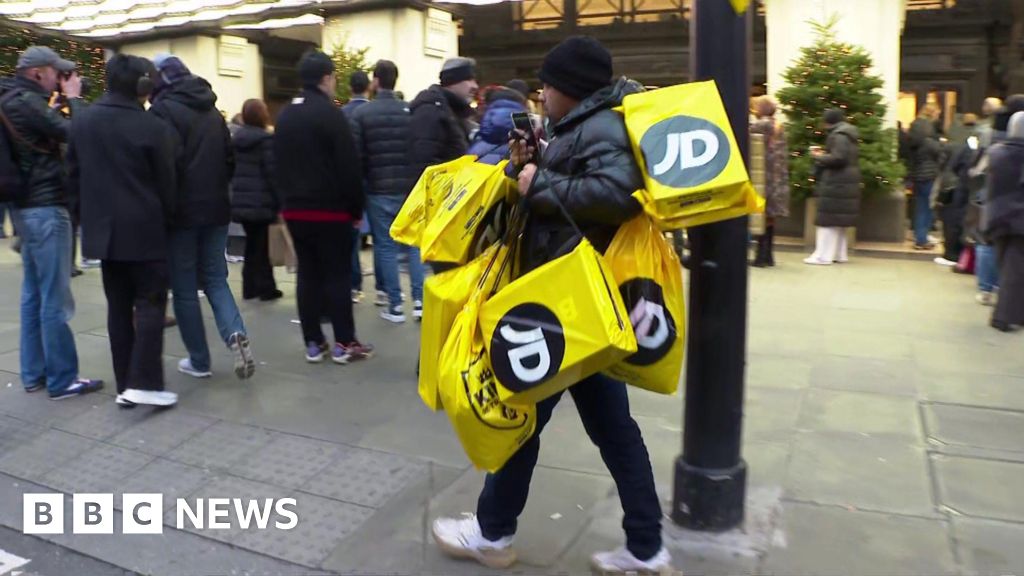Shopping
Sustainable Living: Shopping bags — no sustainable options?

These days, we typically see Maine shoppers hauling their purchases in reusable bags. Many of us began doing so in summer 2021, when Maine banned plastic carry-out bags meant for one-time use. While a January 2024 study shows that similar bans across the country have cut single-use plastic bag consumption significantly, many reusable shopping bag options are not particularly sustainable.
One type is shaped like a typical single-use bag but consists of thicker plastic and is often clearly identified as reusable. Such bags seem advantageous because they can be used over and over. However, in practice — and even though one must pay for them — these bags may quickly become trash. After banning single-use plastic bags in 2016, for example, California saw an increase in the per-person weight of plastic sacks used and thrown out.
Another type of durable tote often made of plastic looks like a beach bag. These are made from various plastics (often woven), fitted with strap handles, and printed with logos and designs. Unfortunately, the printing sometimes contains lead, which will eventually poison our environment, while harmful bacteria may build up unless the bags are washed frequently. Last, these bags need to be used about 11 times before their environmental impact declines to the level of single-use bags. Too often, though, they are quickly forgotten, pile up at home and ultimately land in the trash.
Bags made from paper and cotton also seem like eco-friendly choices at first. Paper can be recycled, and neither of these biodegradable materials produce microplastics as they break down. However, manufacturing both paper bags and cotton bags requires many resources, including harmful chemicals and fertilizers. Accordingly, one has to use such bags a perhaps unrealistic number of times to negate their environmental impact (see “Single Use Plastic Bags” at lifecycleinitiative.org).
Our next column will consider alternatives to the shopping bags described above. In the meantime, let us follow a rule of thumb suggested by nationalgeographic.com: “Regardless of whether the bag is plastic, paper or another material, the most sustainable choice is the bag you already have.”
David Conwell is a former teacher and member of Brunswick’s Sustainability Committee.







:max_bytes(150000):strip_icc()/TAL-header-irvine-farmers-market-irvine-ca-FARMERSMARKET1124-dd1f797649da4820ac4dcc37ffcd353f.jpg)


